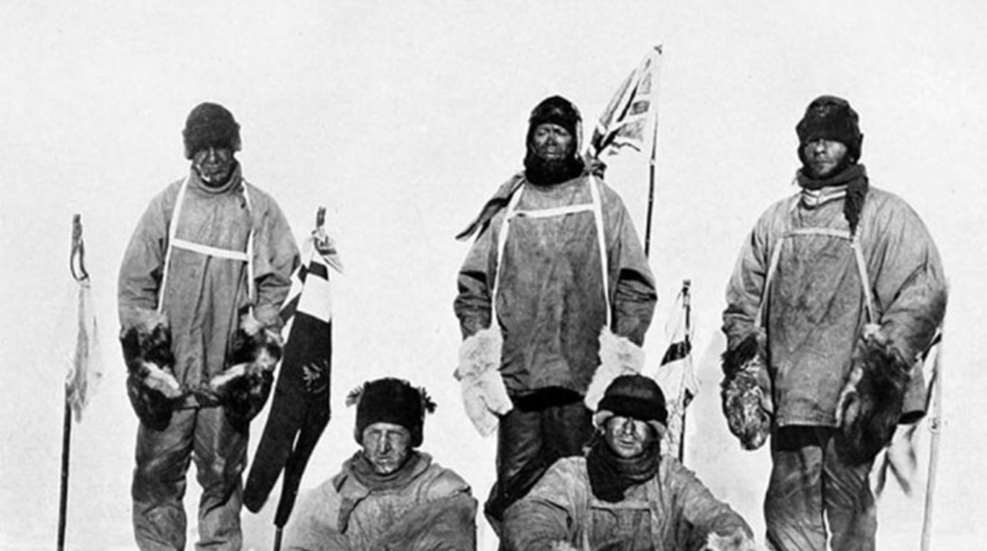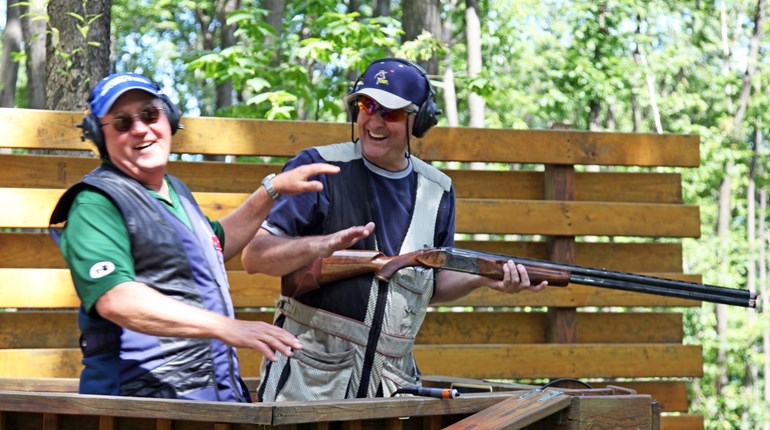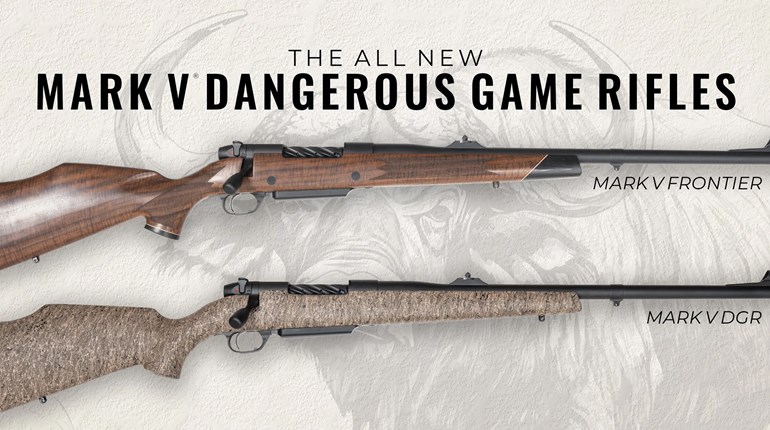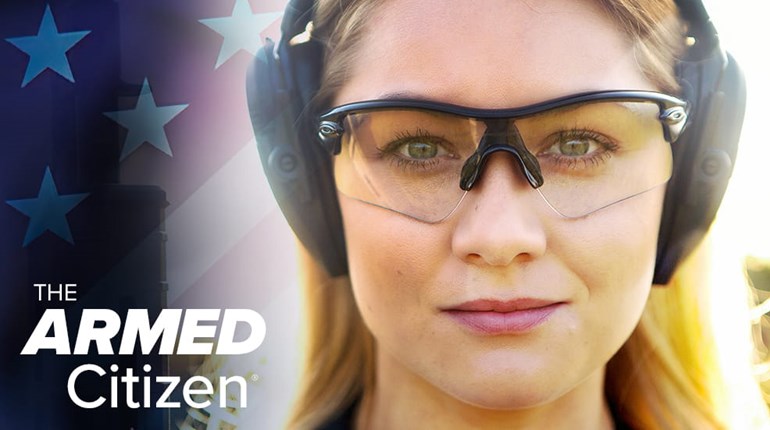
When we know we will be heading out to work, hike, ski, sled ride or hunt in cold weather, we need to prepare against a major cold-weather disorder, frostbite. You don’t need to be deep in the backcountry to get it, either. To avoid issues, always treat being outdoors around home as you would if on a high country activity when you truly are on your own.
Frostbite is the most common injury caused by cold weather or wet/icy conditions. What happens is that the cold actively injures the skin, subcutaneous tissues and possibly deeper structures. Here’s a question I used to ask hunter education students: What body parts are usually first affected by the cold, and why? The obvious answers from hunters, skiers (and mothers) is the nose, ears, cheeks, fingers—anything that sticks out and is not covered.
Signs and Symptoms of Frostbite
1. White and glossy skin
This sign is most obvious in Caucasian people, but paleness and glossiness can be observed in people of all races. This happens because our blood vessels constrict in an effort to save heat. To get this across to very young students, I would show a regular diameter hose and call it a normal size vessel and next to it, one with a smaller diameter (constricted) to make my point.
2. Pain, mostly at first
At first, there will be pain in the affected areas, but then it will stop hurting. When the skin is frozen, there is an anesthetic effect. (If you’re old enough, you may remember using an ice cube to numb your earlobe for a self-piercing.)
3. Blisters form
This is an assortment of fluid that collects beneath the outer layer of the skin. It’s a sterile “bubble” of serum under the skin, fluid that has leaked from blood vessels after injury. It’s there to provide some protection to the underlying tissue.
4. Inflexibility of the affected area
The reason for this is that tissues lose their elasticity from being cold. For kids to better understand that and to make a point, it is easy to bend something that is rubbery. Now freeze it and with that, bending may not be as easy.
5. Necrosis
Later in the process you can have tissue necrosis (meaning dead tissue), and that can lead to gangrene. Necrosis happens due to a lack of blood flow to the tissues as a result of the cold constricting the areas blood vessels. To avoid gangrene, or dead tissue, blood supply to the affected tissue must be restored…and that’s why immediate medical care is necessary.
What to do for frostbite
1. The first obvious thing to do is to get out of the cold into a warm shelter.
2. Soak the affected area in warm water, meaning between 98 and 110 degrees Fahrenheit. Please Note: If the water is too hot, you can burn the skin. As we mentioned, the frostbite victim’s skin is likely to be numb, so they won’t be able to tell if the water is burning them.
3. If the victim is conscious, give them warm, not hot, liquids. Please avoid alcoholic drinks (more on that later).
4. Rest and do not move the affected body parts.
5. Consult with your doctor since damaged tissue must be promptly and properly treated.
What NOT to do for frostbite
1. Do not rub your hands together to create heat. That works fine if your skin isn’t damaged, but if you have frostbite such friction could damage the frozen cells.
2. Do not rub the affected area with snow. That’s an old wives’ tale and it won’t do anything but further damage. The objective is to warm the tissue, not to keep it cold and contribute to additional damage.
3. Do not take a drink of alcohol. Yes, we’ve seen the cartoons with the Saint Bernard and his jug of rescue brandy. This is another old wives’ tale and it won’t do anything but further damage. Alcohol will give one a false sense of feeling warm, and can cause muscle incoordination. Alcohol is also a vasodilator, which can cause the body to lose heat when small vessels enlarge.
4. Don’t use tobacco. It’s a vasoconstrictor, which hampers the circulation. The key here is that you don’t want your blood vessels too big (as from a vasodilator like alcohol) or too small (as with a vasoconstrictor like nicotine). The ideal situation for repairing your skin is for your veins and arteries to be at their “normal” size.







































